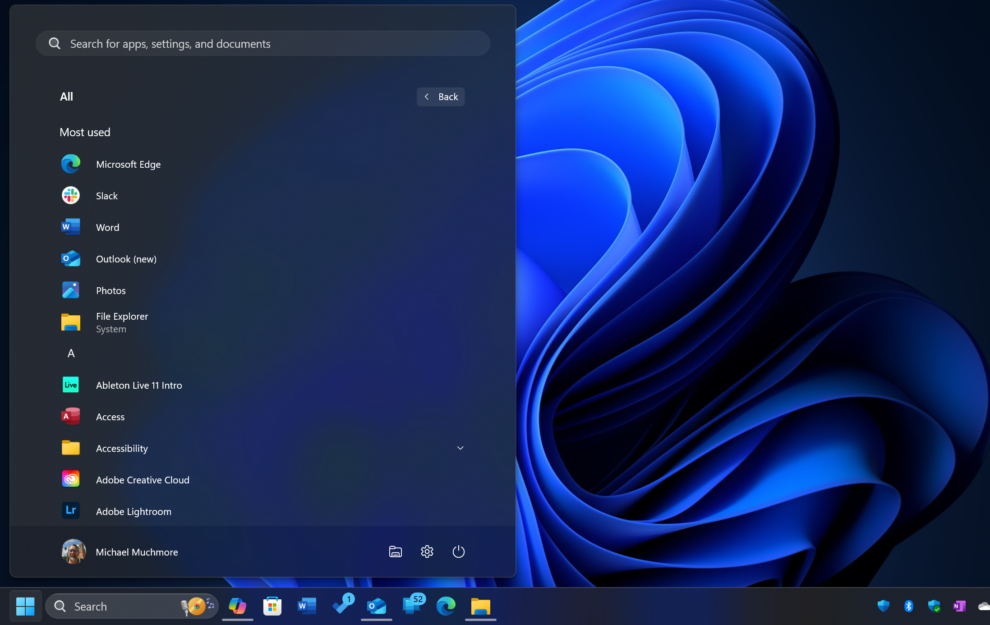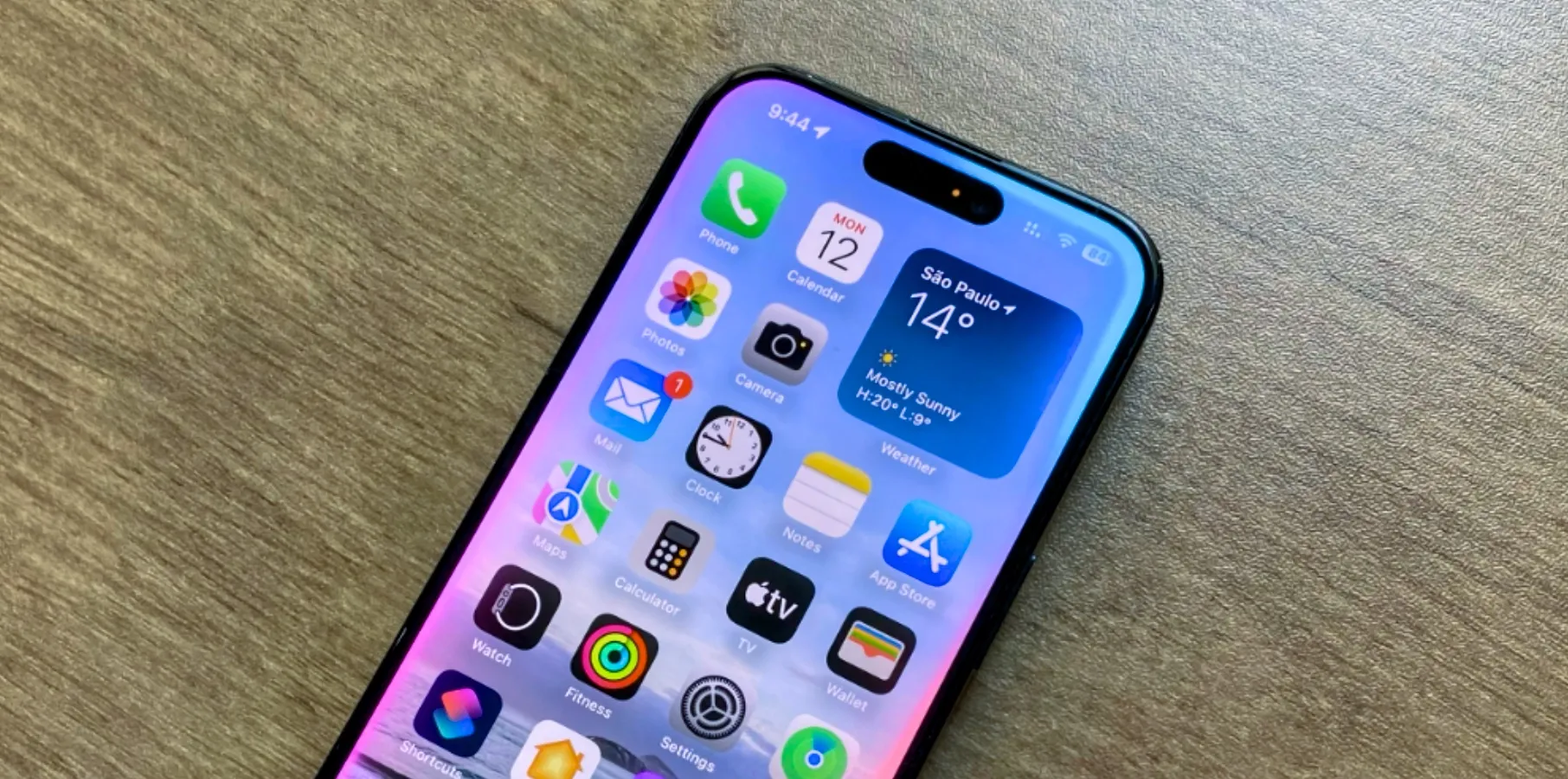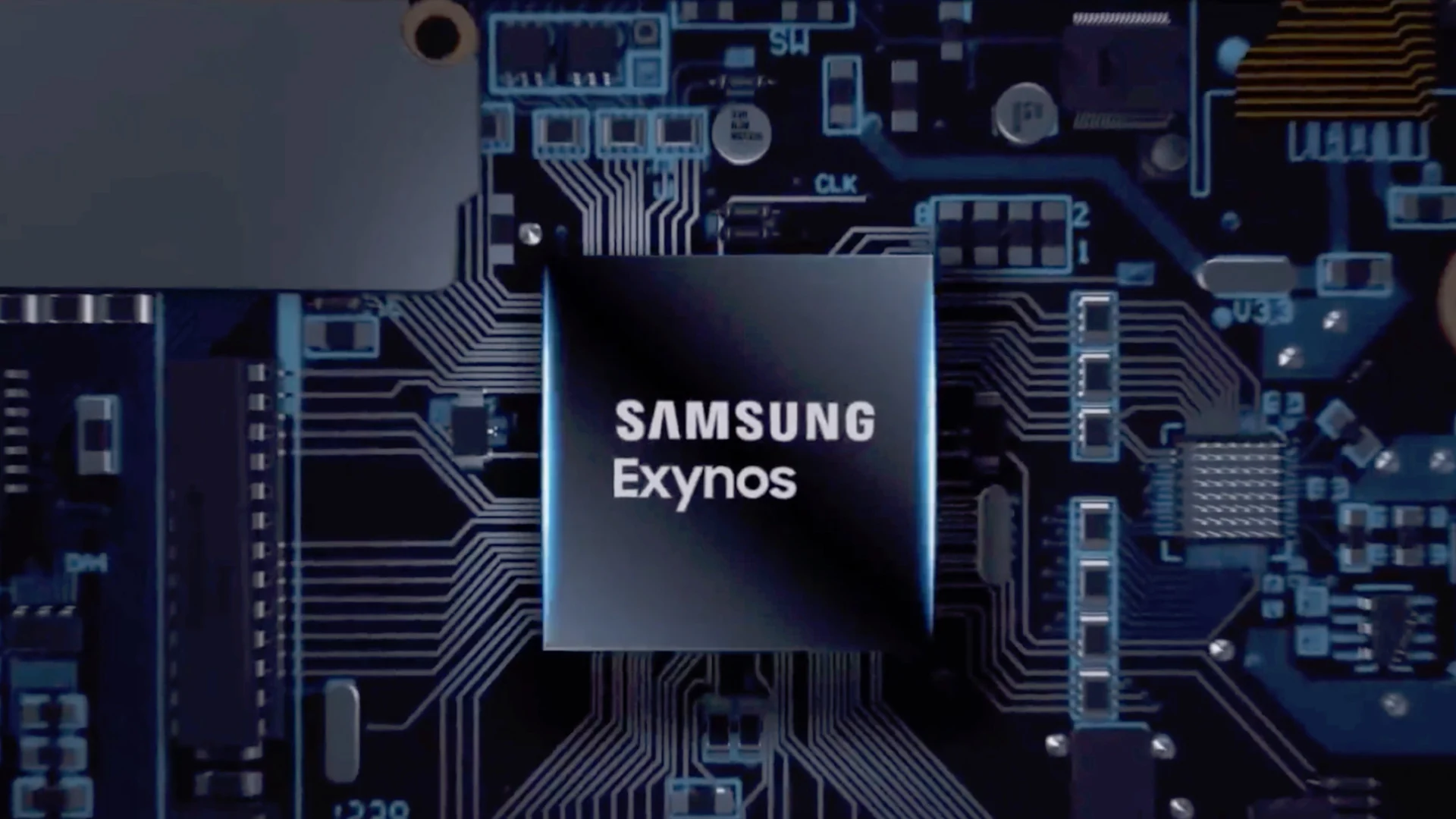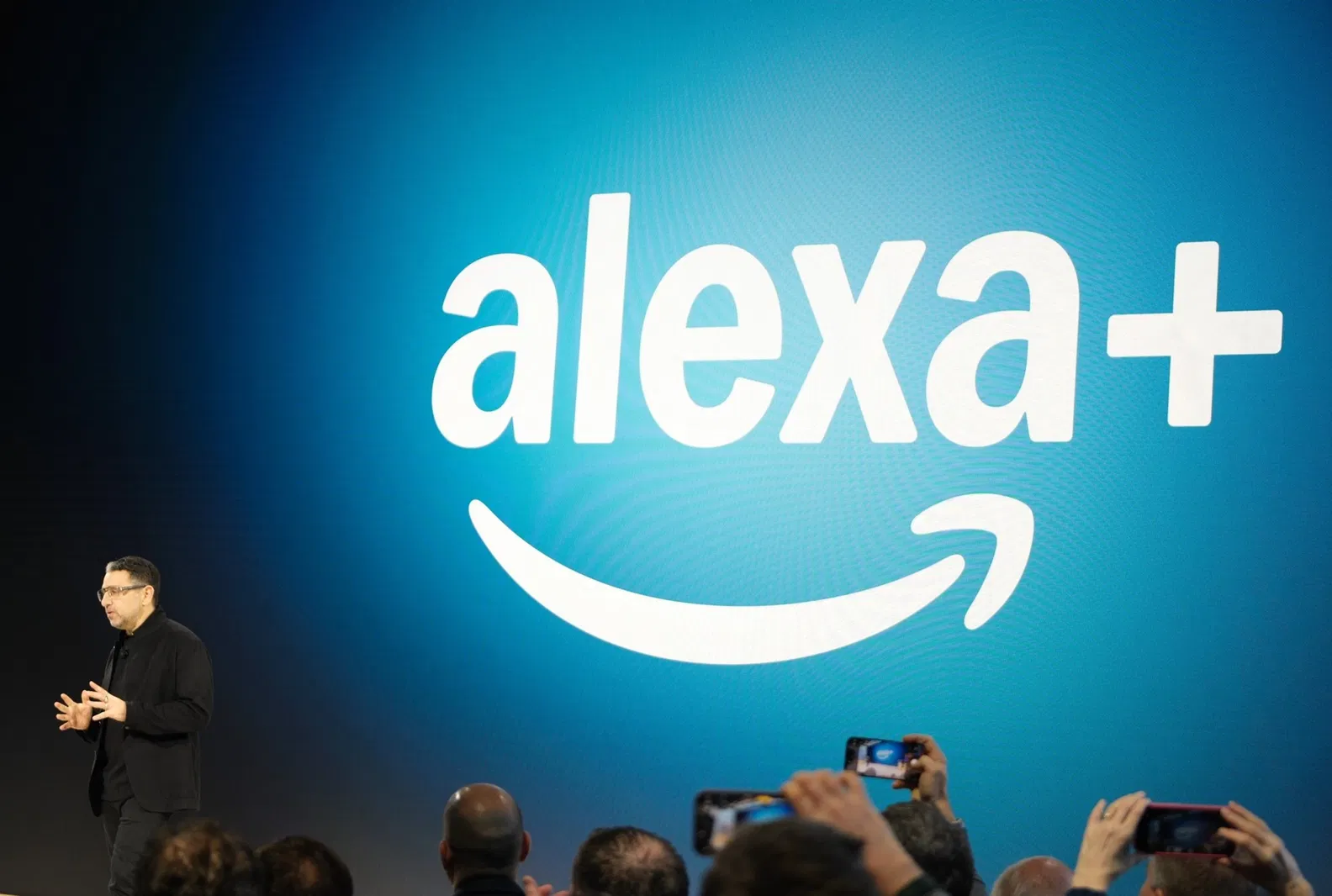For many, the initial setup of a new computer is a moment of excitement. But for Windows users who value local accounts and prefer to keep their personal data separate from Microsoft’s ecosystem, a recent change in Windows 11 has sparked considerable debate and, for some, outright frustration. Microsoft has quietly but firmly closed a loophole that allowed users to bypass the requirement of creating or signing in with a Microsoft account during the initial setup process. This move, confirmed through various user reports and now widely acknowledged in the tech community, signifies a stronger push towards tying Windows users directly into Microsoft’s services.
Previously, during a clean installation of Windows 11, particularly on Home editions, users could disconnect their device from the internet at a specific stage. This action would effectively remove the prompt to sign in with a Microsoft account, presenting the option to create a local account instead. This workaround became a popular method for individuals prioritizing data privacy and those who simply preferred the autonomy of a local account, where personal data is primarily stored on the device itself rather than being synced with Microsoft’s cloud services.
However, recent updates to Windows 11 have seemingly patched this method. Numerous users attempting to perform a clean install are now finding themselves relentlessly prompted to connect to the internet and sign in with a Microsoft account. Skipping this step appears to be no longer an option in the standard installation process. This change was not explicitly announced with fanfare by Microsoft but rather discovered by users and subsequently reported by various tech publications and online forums.
The implications of this change are significant for a substantial portion of the Windows user base. For those who value their privacy, the mandatory Microsoft account means their usage data, settings, and potentially even files could be synced with Microsoft’s servers. While Microsoft assures users about its commitment to data security and privacy, some individuals remain wary of having their data tied to a large corporation. Concerns about data collection, targeted advertising, and the potential for security breaches are often cited as reasons for preferring local accounts.
Furthermore, this shift can be inconvenient for users in areas with unreliable or limited internet access. The inability to complete the initial setup without an internet connection and a Microsoft account can be a major hurdle. Imagine purchasing a new laptop only to be stuck at the setup screen because your internet is down or you are in a location without connectivity. This situation can lead to considerable frustration and a feeling of being locked out of a device they just purchased.
The move also raises questions about user choice and control over their operating system. While Microsoft offers a wide range of services and benefits through its account system, including seamless syncing across devices, access to the Microsoft Store, and OneDrive integration, forcing users into this ecosystem might not sit well with those who prefer a more independent computing experience. Some users might prefer to use alternative cloud storage solutions or simply keep their data locally without the need for constant online connectivity.
So, why has Microsoft made this change? While the company has not released an official statement explicitly detailing the reasons, several potential motivations can be inferred. One likely reason is to encourage greater adoption and engagement with Microsoft’s suite of services. By requiring a Microsoft account, the company can ensure that users are readily connected to its ecosystem, potentially leading to increased usage of services like OneDrive, Microsoft 365, and the Microsoft Store. This can translate to greater revenue and a stronger hold within the software and services market.
Another potential reason could be related to security and device management. Linking a Windows installation to a Microsoft account can facilitate features like Find My Device and streamline the process of recovering a lost or stolen computer. It can also aid in managing software licenses and ensuring that users have legitimate copies of Windows.
However, these benefits come at the cost of user choice. While the convenience of syncing settings and accessing Microsoft services is undeniable for some, others might view this as an unnecessary intrusion into their privacy and a limitation on their autonomy.
It is important to note that this change primarily affects the Home edition of Windows 11. The Professional, Education, and Enterprise editions might still offer the option to set up a local account during the initial installation, particularly when not connected to the internet or when joining a domain. This distinction suggests that Microsoft’s focus with this change is primarily on individual consumers using the Home edition.
The reaction from the tech community and Windows users has been varied. Some understand Microsoft’s rationale behind this move, acknowledging the benefits of a connected ecosystem. However, a significant portion of users have expressed their disappointment and frustration, viewing it as a step backward in terms of user control and privacy. Online forums and social media platforms are filled with discussions about this change, with many users searching for alternative methods to bypass the Microsoft account requirement or expressing their intention to stick with older versions of Windows that still offer this flexibility.
For users who are particularly keen on avoiding a Microsoft account, there might still be some workarounds, although their long-term viability remains uncertain. Some tech enthusiasts are exploring methods involving command-line prompts or specific installation parameters to potentially bypass the online account requirement. However, these methods often require a certain level of technical expertise and might not be accessible or appealing to the average user. Furthermore, Microsoft could potentially patch these loopholes in future updates, rendering them ineffective.
The situation highlights the ongoing tension between software vendors aiming to build integrated ecosystems and users who desire greater control over their data and computing experience. While Microsoft’s push towards account-based services is understandable from a business perspective, it is crucial for the company to listen to user feedback and consider the concerns of those who value local accounts and data privacy.
As of now, the mandatory Microsoft account requirement during the initial setup of Windows 11 Home appears to be the new reality. Users purchasing new devices or performing clean installations will likely need to sign in with a Microsoft account to complete the process. This change serves as a reminder of the evolving nature of operating systems and the increasing interconnectedness of our digital lives. Whether this move will ultimately be accepted by the majority of users or lead to a greater demand for operating systems that prioritize local accounts and user autonomy remains to be seen. One thing is certain: the debate surrounding user privacy and control in the digital age is far from over.










Add Comment